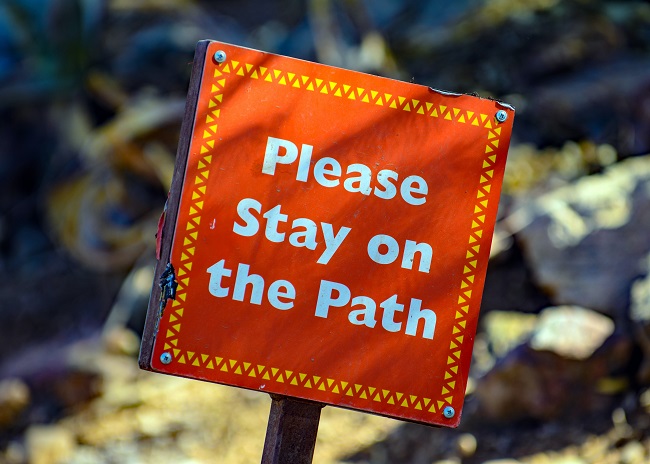
This article was first published in the National Post on April 24, 2021. It is being republished with permission.
Is your portfolio creeping? Does it reflect the plan you put in place, or does it fit more closely with what’s dominating your newsfeed?
When market trends persist for a long time, portfolios tend to drift toward what’s in vogue. This can generate good returns in the short run but comes with, sometimes unknowingly, a higher level of risk.
Think back to how much technology (and Nortel) there was in Canadian portfolios at the end of the tech boom in 2000. Or how big a role oil and gas stocks played when the oil price was north of $100.
Recently, the migration has been towards technology (again) and higher-risk investments such as unprofitable disruptor companies, biotech, cannabis, IPOs and SPACs and anything to do with Bitcoin.
A free lunch
My use of the word creep has a negative connotation here and that’s intentional. For sure there are good reasons why a portfolio should shift, but when you stray from the plan that best fits your goals and personal situation, it often means you’re less diversified.
Why does this matter? Well, diversification is the only free lunch in investing. Holding a mix of assets that is driven by different economic factors, and generates returns in different ways at different times, means you get a return with less volatility, and little or no capital risk.
If you’re deviating from your plan by tilting heavily in one direction, it should be done knowing that less diversification comes with added risk. And it should be intentional, not the result of market moves and related product promotions.
Let’s look at where to find portfolio creep.
Asset mix
Stock markets have been good for a long time, which means many portfolios are more heavily invested in stocks today than was originally intended. This makes sense with interest rates being so low. Certainly, our clients hold a higher proportion of stocks than was considered appropriate decades ago. The key, however, is to make sure your portfolio isn’t too unpredictable and volatile for you to handle. There’s no benefit to owning more stocks if you can’t stomach the market dips and are prone to selling when prices are down.
Fixed income
There’s some serious creep going on in the stable part of portfolios. Investors have shifted from defence to offence, willing to go anywhere in pursuit of yield. In lieu of government and high-quality corporate bonds, portfolios are holding riskier bonds, direct lending funds, structured products, preferred shares, REITs and dividend-paying stocks. These are all perfectly good asset types but are highly correlated to the stock market. They can’t be expected to provide cover during market meltdowns.
Stocks
In the equity markets, creep occurs when a stock or industry does well and becomes a bigger part of an index. When Nortel skyrocketed, its weighting rose to the point where it accounted for a third of the S&P/TSX Composite Index. Similarly, oil and gas stocks were over 20% in their heyday. Without doing anything, index investors saw their exposures change significantly. This was also true for active investors, many of whom were anchored on the index weightings.
The drift in equity portfolios is best measured by looking at weightings by industry as opposed to location. The country where a company is headquartered is less important than it used to be. When countries have a good (or bad) run, it’s usually because of the makeup of the market as opposed to any unique economic or political factors. For example, the leadership of the U.S. market in recent years has been driven by the preponderance of technology companies in the index.
You should be aware of how these cyclical shifts in industry weightings can impact some indexes. In smaller countries like Canada, market indexes can get out of whack and look more like a specialty fund (i.e. resources or technology) than a broadly diversified portfolio.
How do you know if your portfolio has drifted? The best way is to compare it to the industry weightings in a World index or global equity ETF. These indexes, which can be found on any ETF website, are subject to creep too, but overall are more balanced and reflective of the economy.
If you’ve strayed significantly from what your plan calls for, make sure it’s justified and hasn’t significantly changed your risk profile. And make sure it’s of your own doing, not a creeping portfolio.
We're not a bank.
Which means we don't have to communicate like one (phew!). Sign up for our blog to get the straight goods on investing.

